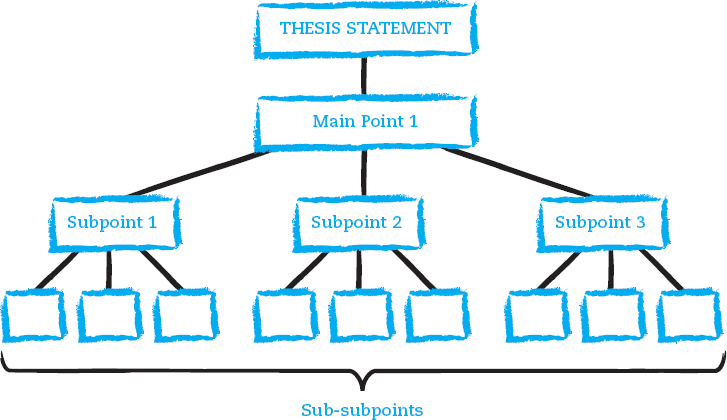Supporting Your Main Points
Supporting Your Main Points
Page 261
Each main point—as well as your speech as a whole—is fully fleshed out with the use of subpoints that provide support for the main points. Subpoints utilize your research to back up your main points in the same way that your main points back up your thesis statement and specific purpose; you can use a similar test to check their usefulness, asking yourself, “Does this bit of information back up my main point?” For example, two subpoints under our main point about obesity as a growing national health threat might be

The Centers for Disease Control and Prevention notes that 19.6 percent of children and 18.1 percent of adolescents in the United States are obese (Centers for Disease Control, 2010).
According to the Office of the Surgeon General, type 2 diabetes—which is linked with obesity—has increased dramatically in children and adolescents (U.S. Department of Health & Human Services, 2007).
Like main points, subpoints may—and often should—be backed up with more information, referred to as sub-subpoints.
Well-chosen supporting points will naturally fall under your main point in a clear hierarchy of ideas, forming the basic outline of your speech. Each main point should be supported by a number of coordinating subpoints, each carrying equal weight, as well as sub-subpoints that carry less weight. The resulting structure reflects a pyramid-like hierarchy of ideas: a foundation of many sub-subpoints supports a structure of fewer but larger subpoints, which in turn support a few main points, which together support the thesis statement and ultimately your specific purpose. This structural hierarchy of points, depicted in Figure 12.1, ensures that you’ve presented a coherent and sturdy argument in support of your thesis and specific purpose. Later in the chapter, we’ll show you how to use an outline to detail this hierarchy of points in a text format, but next we’ll consider helpful ways to arrange your points.
